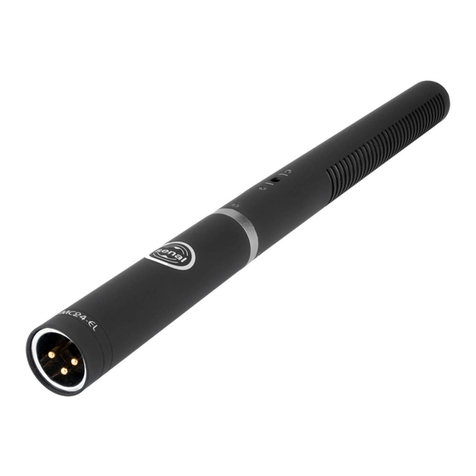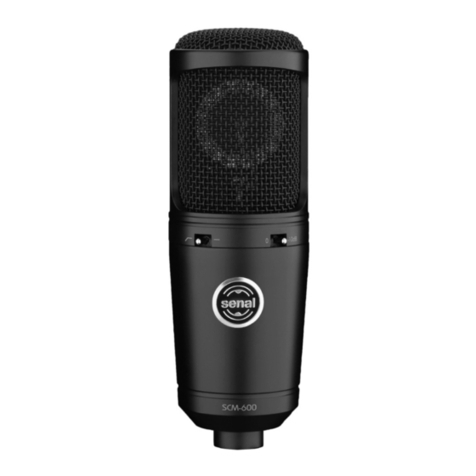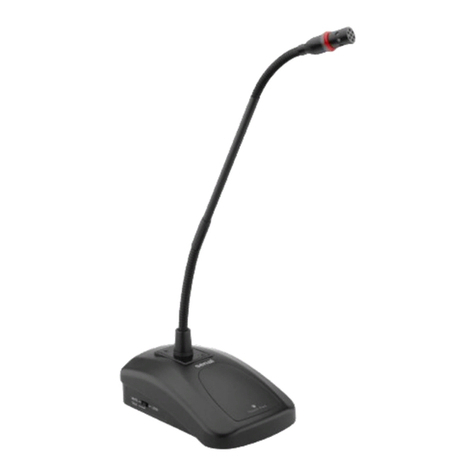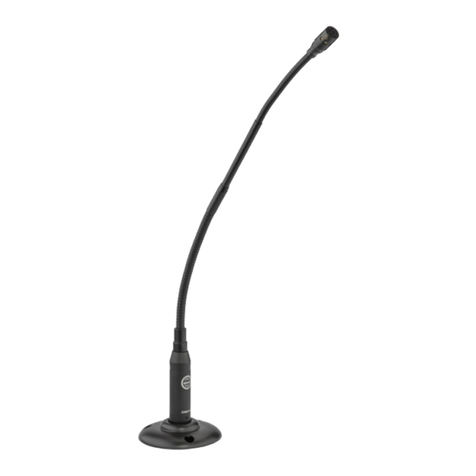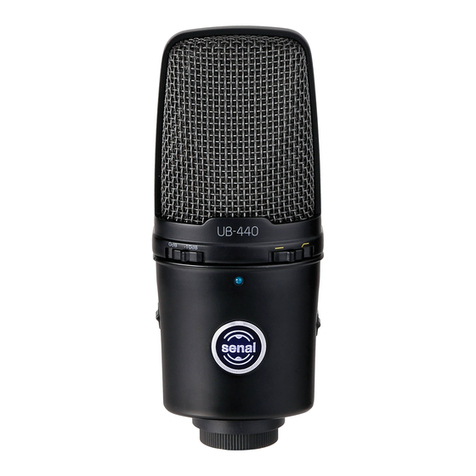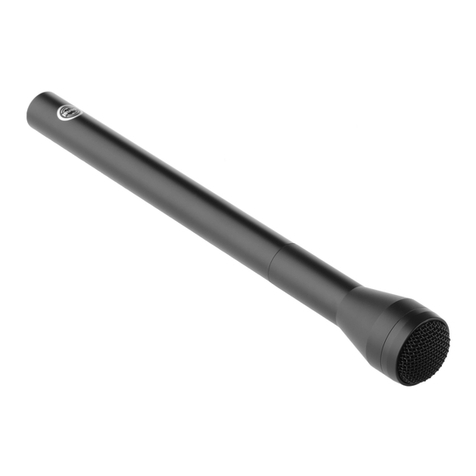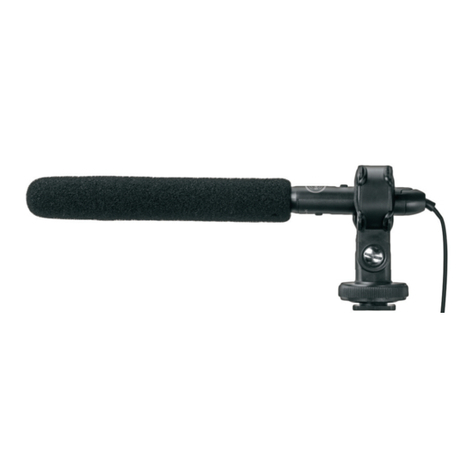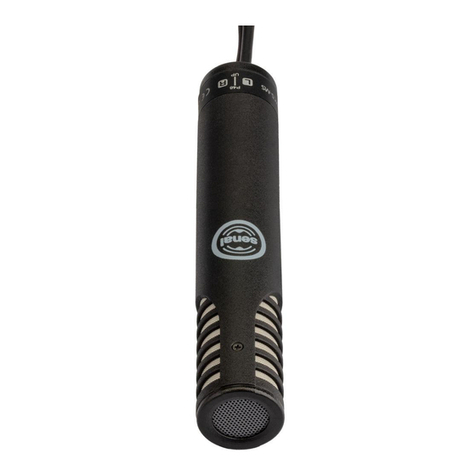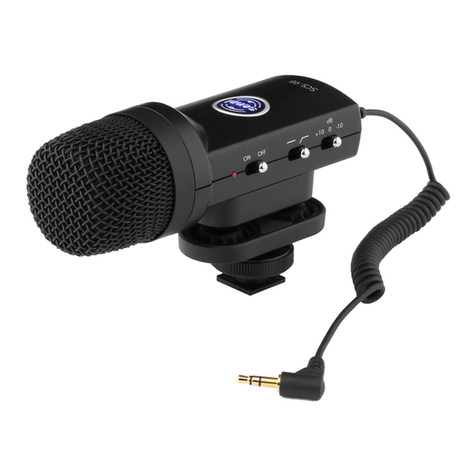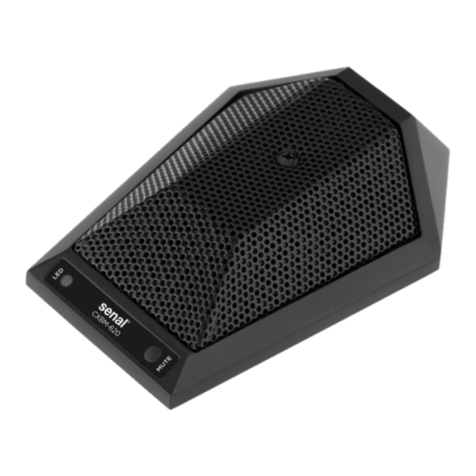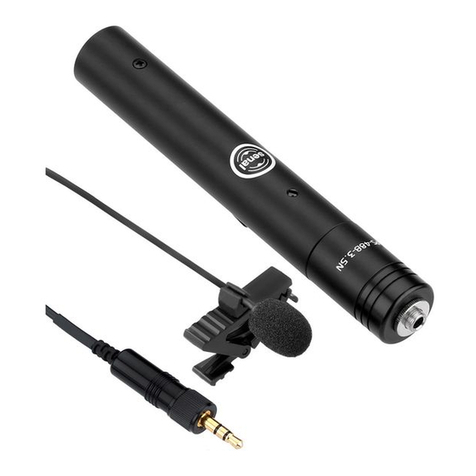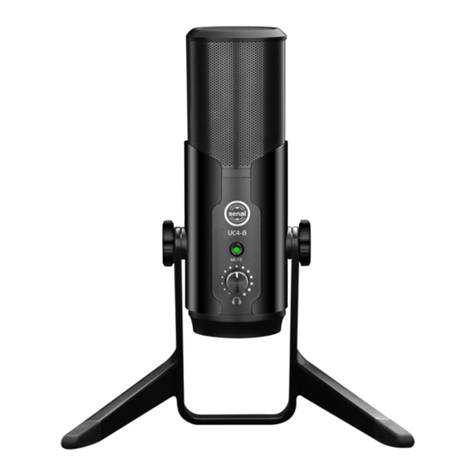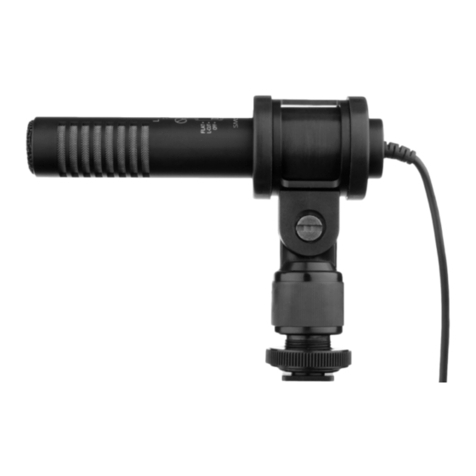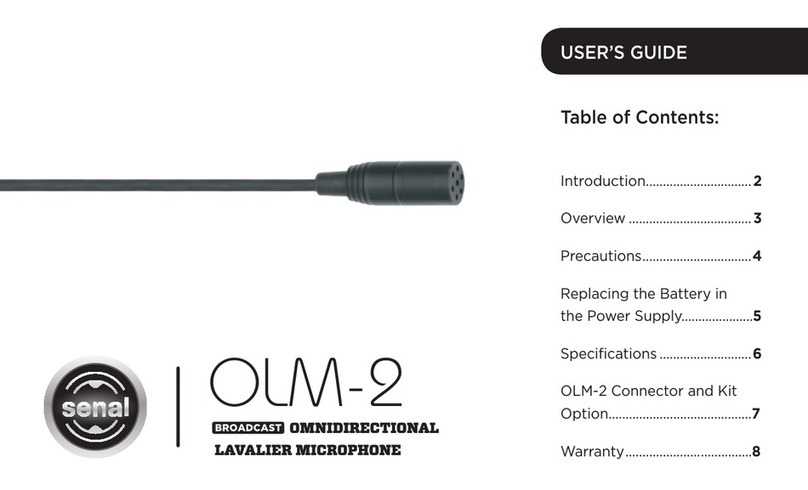
5
The Interchangeable Microphone Capsules
▪ ▪ ▪ ▪ ▪ ▪ ▪ ▪ ▪ ▪ ▪ ▪ ▪ ▪ ▪ ▪ ▪ ▪ ▪ ▪ ▪ ▪ ▪ ▪ ▪ ▪ ▪ ▪ ▪ ▪ ▪ ▪ ▪ ▪ ▪ ▪ ▪ ▪ ▪ ▪ ▪ ▪ ▪ ▪ ▪ ▪ ▪ ▪ ▪ ▪ ▪ ▪ ▪ ▪ ▪ ▪ ▪ ▪ ▪ ▪ ▪ ▪ ▪ ▪ ▪ ▪ ▪ ▪ ▪ ▪ ▪
Omnidirectional capsule
Due to the high sensitivity of the SCI-3212, the omnidirectional capsule is suitable for capturing
ambient sounds of the environment and for nature recording� It’s also a good choice when recording
live sound or music� Consider the omnidirectional capsule when close-miking guitars or voices in
the studio or in quiet spaces without background noise� As a matched pair, the omnidirectional
capsule is ideal for A/B stereo recording� See A/B (Spaced Pair) technique on page 6�
Cardioid capsule
The cardioid capsule offers a wide variety of uses in the field and in the studio� It’s ideal
for capturing acoustic instruments in live and studio settings, and it’s very effective as a
drum mic or as a drum overhead� When recording speech or dialog in the studio or on
location, the cardioid polar pattern is less susceptible to picking up reflections than shotgun
microphones� This makes it an excellent option for boompole use� As a stereo pair, the
cardioid capsules are excellent for X/Y and ORTF stereo recording� See X/Y (Coincident
Pair) technique on page 7 and ORTF (Near Coincident) technique on page 8�
Supercardioid capsule
The supercardioid capsule focuses on the sound directly in front of it while
rejecting off-axis sound� This is advantageous when recording interviews or dialog
in noisy environments� It is also well suited for loud stage environments�
